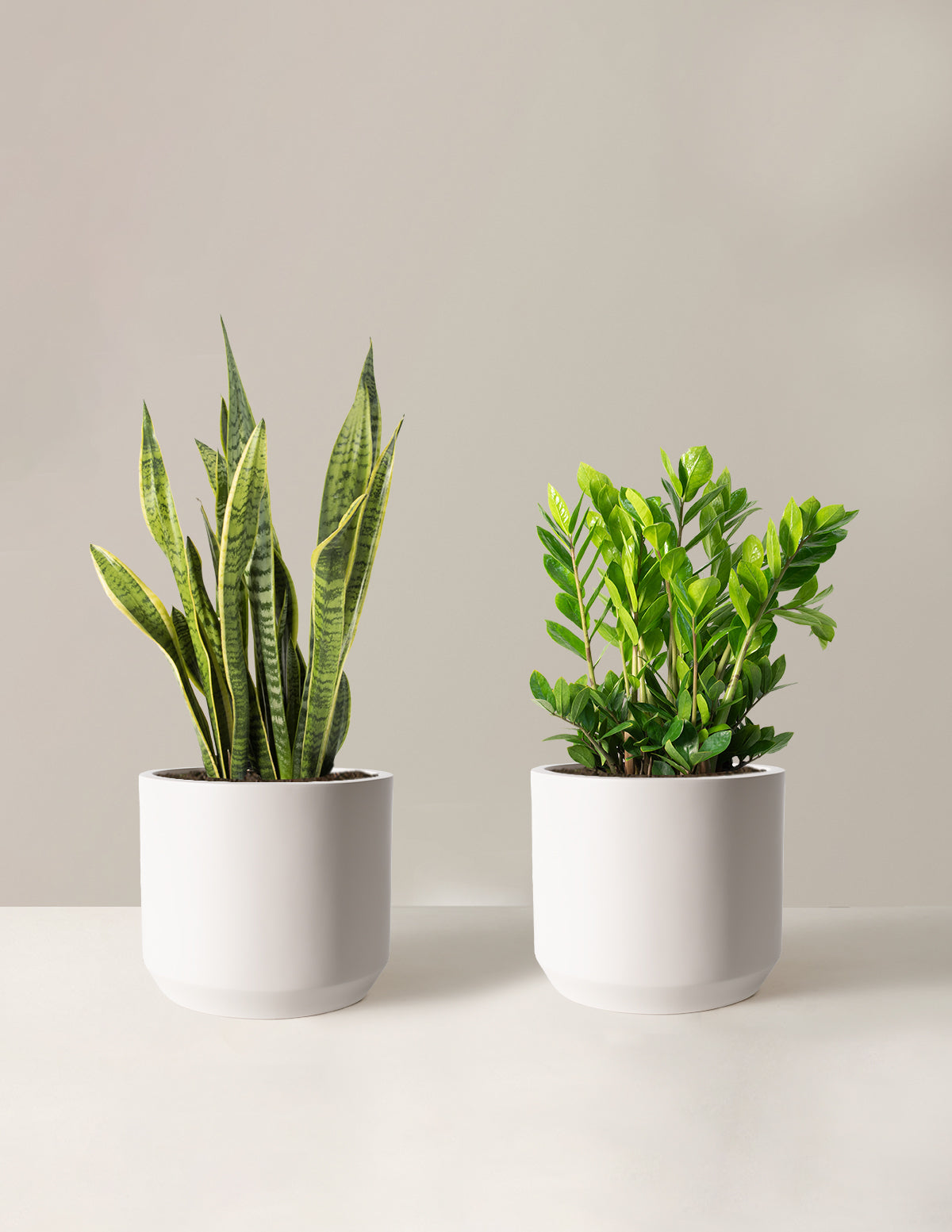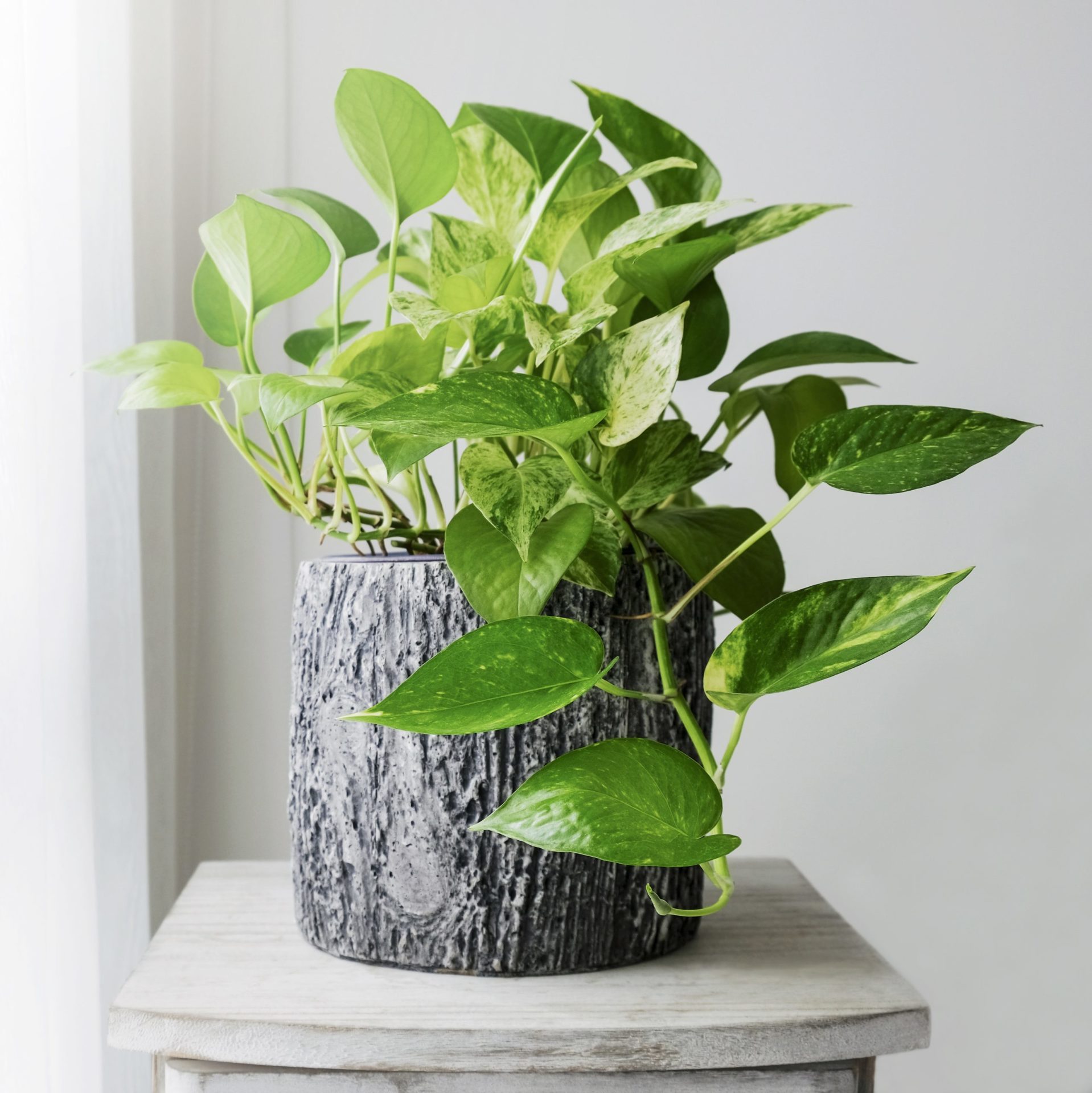Top 10 Best Low-Light Indoor Plants for Dark Rooms and Apartments
Top 10 Best Low-Light Indoor Plants for Dark Rooms and Apartments
Blog Article
Reveal the Keys of Low-Light Indoor Plants and Exactly How They Improve Your Environment
Low-light interior plants have amassed increasing focus for their distinct capability to improve both aesthetic appeal and environmental quality within homes and work environments. These durable species, consisting of the Serpent Plant and Peace Lily, not just prosper in challenging lights problems yet additionally play a crucial role in air filtration and emotional health. Understanding the details benefits and care requirements of these plants can considerably affect your home. As we check out the complexities of their benefits, you may discover understandings that can transform your surroundings in unanticipated means.
Benefits of Low-Light Indoor Plants
Although many individuals presume that interior plants call for abundant sunlight to grow, low-light indoor plants supply a plethora of advantages that make them suitable for various atmospheres. Among the key benefits is their versatility; they can prosper precede with restricted natural light, such as offices, basements, or spaces with little windows. This function enables people to boost their environments with plant, adding to boosted visual appeals without the demand for extensive lighting adjustments.
Furthermore, low-light interior plants can significantly improve indoor air quality by releasing and filtering hazardous contaminants oxygen, making living spaces healthier. Research has revealed that specific selections can soak up contaminants, therefore advertising a cleaner atmosphere. Additionally, they can boost psychological wellness by reducing stress and raising performance. The visibility of plants has been linked to better feelings of tranquility and emphasis.
Moreover, low-light plants typically require less upkeep than their sun-loving equivalents, making them perfect for busy individuals or those new to horticulture. Their strength permits them to thrive with marginal treatment, therefore providing a satisfying experience for plant lovers and beginners alike. In recap, low-light interior plants serve both practical and visual purposes, making them useful additions to any area.
Top Low-Light Plant Ranges
Low-light interior plants been available in a range of species, each offering unique characteristics and advantages suited for dim settings. Amongst one of the most prominent ranges is the Serpent Plant (Sansevieria), recognized for its architectural leaves and air-purifying capabilities. This resistant plant thrives on neglect and can endure a vast array of light conditions.
Another superb option is the ZZ Plant (Zamioculcas zamiifolia), which includes glossy, dark environment-friendly fallen leaves and is very drought-tolerant. Its flexibility makes it a favored for offices and homes with restricted sunlight.
The Pothos (Epipremnum aureum) is also a leading competitor, with its trailing creeping plants and heart-shaped leaves - Best low-light indoor plants. This versatile plant can be educated to climb or waterfall, including aesthetic interest to any type of area

Care Tips for Low-Light Plants
Taking care of low-light interior plants requires a nuanced understanding of their details requirements to make certain optimal development and vitality. It is important to pick the ideal potting mix, as a well-draining soil is essential to avoid origin rot. A blend designed for houseplants, usually containing peat moss and perlite, functions well for many low-light selections.
Watering is another essential facet of care. Low-light plants more helpful hints typically call for less regular watering compared to their sun-loving equivalents.
Fertilizing must be approached with caution. During the expanding period, a watered down fluid fertilizer can be applied monthly, yet in winter season, several low-light plants get in dormancy and need little to no fertilization.
Lastly, it is essential to periodically cleanse the leaves to remove dust, permitting better light absorption. By sticking to these treatment tips, you can cultivate a successful setting for your low-light indoor plants, enhancing both their appearance and longevity.
Enhancing Air Quality With Plants
Indoor plants play a considerable function in boosting air high quality within homes and workplace. Via the process of photosynthesis, these plants soak up carbon dioxide and release oxygen, contributing to a much healthier environment. Furthermore, specific low-light indoor plants possess the capability to filter harmful pollutants, such as benzene, formaldehyde, and trichloroethylene, which are frequently discovered in interior atmospheres.

Additionally, the existence of indoor plants can increase humidity degrees, which assists alleviate dry skin and respiratory system issues, better improving overall wellness. This capacity to improve air quality not just promotes physical health yet likewise supports mental health.
Including low-light indoor plants into your living and working spaces can lead to a more lively and stimulating environment (Best low-light indoor plants). Buying these natural air cleansers is a basic yet effective approach for boosting indoor air quality and promoting a healthier way of living
Producing a Tranquil Indoor Area
The assimilation of plants into living areas not just enhances air high quality yet additionally contributes to a tranquil environment. Low-light indoor plants, such as snake plants and pothos, are specifically reliable in producing a peaceful environment, as they grow in problems that might otherwise be unwelcoming for various other greenery. Their rich vegetation gives a calming aesthetic, lowering stress and anxiety and advertising leisure.
Including these plants into your office or home can evoke a feeling of tranquility and wellness. Strategically positioning them in areas where you invest considerable time, such as living workspaces or spaces, allows for an immersive experience with nature, which has actually been revealed to boost state of mind and cognitive function.
Additionally, the gentle movement of leaves in response to air movement can create a dynamic visual element that enhances the total setting. Think about making use of a range of plant elevations and textures to add depth and passion to your room. With thoughtful positioning and care, low-light interior plants can change any type of area right into a calm sanctuary, cultivating not just visual fulfillment however emotional and also psychological health.

Conclusion
Including low-light indoor plants right into numerous environments returns substantial benefits, consisting of improved air top quality and boosted aesthetic allure. Get More Info The transformative power of low-light plants highlights their value in improving both work-related and residential settings.
Although several individuals assume that interior plants require bountiful sunlight to thrive, low-light indoor plants supply a wide range of advantages that make them optimal for various atmospheres.Furthermore, low-light interior plants can dramatically enhance indoor air quality by filtering hazardous toxins and releasing oxygen, making living spaces healthier. Furthermore, certain low-light indoor plants possess the capability to filter unsafe pollutants, such as benzene, trichloroethylene, and formaldehyde, which are frequently found in indoor atmospheres.
Low-light interior plants, such as serpent plants and pothos, are especially efficient in producing a serene atmosphere, as they grow in conditions that may or else be inhospitable for various other greenery.Incorporating low-light interior plants into different settings returns significant benefits, consisting of improved air high quality and boosted visual charm.
Report this page